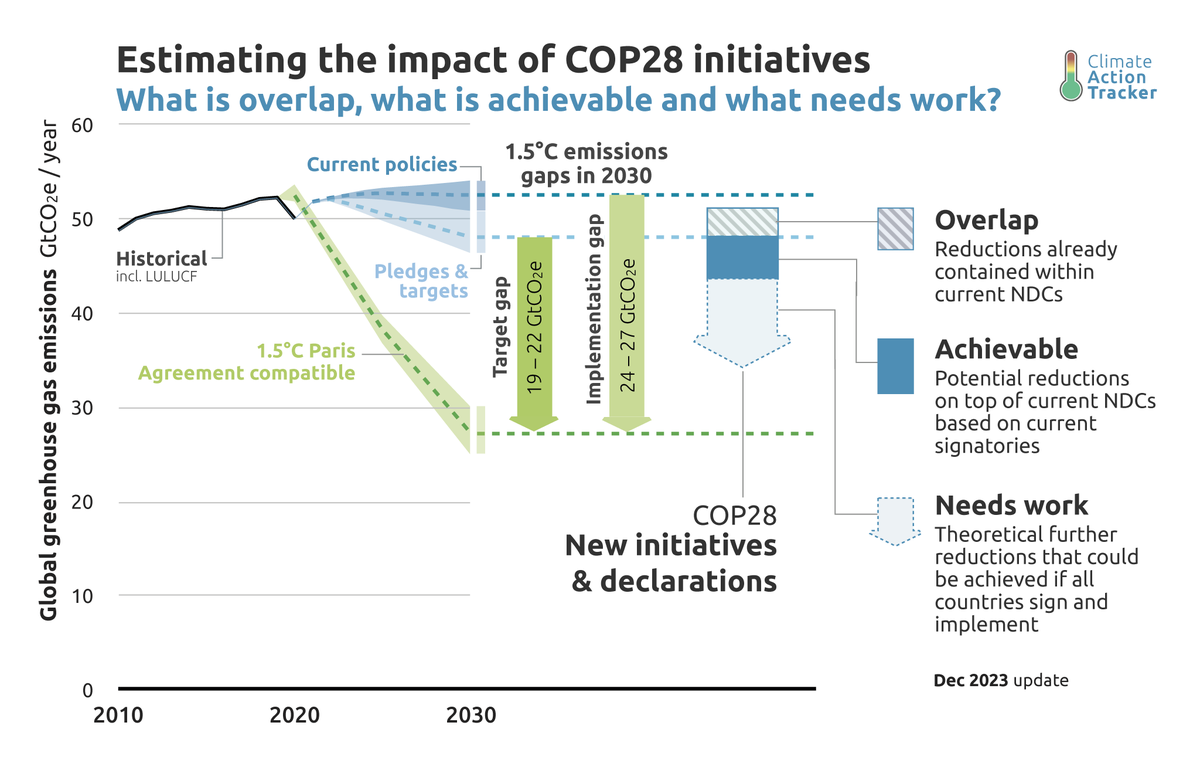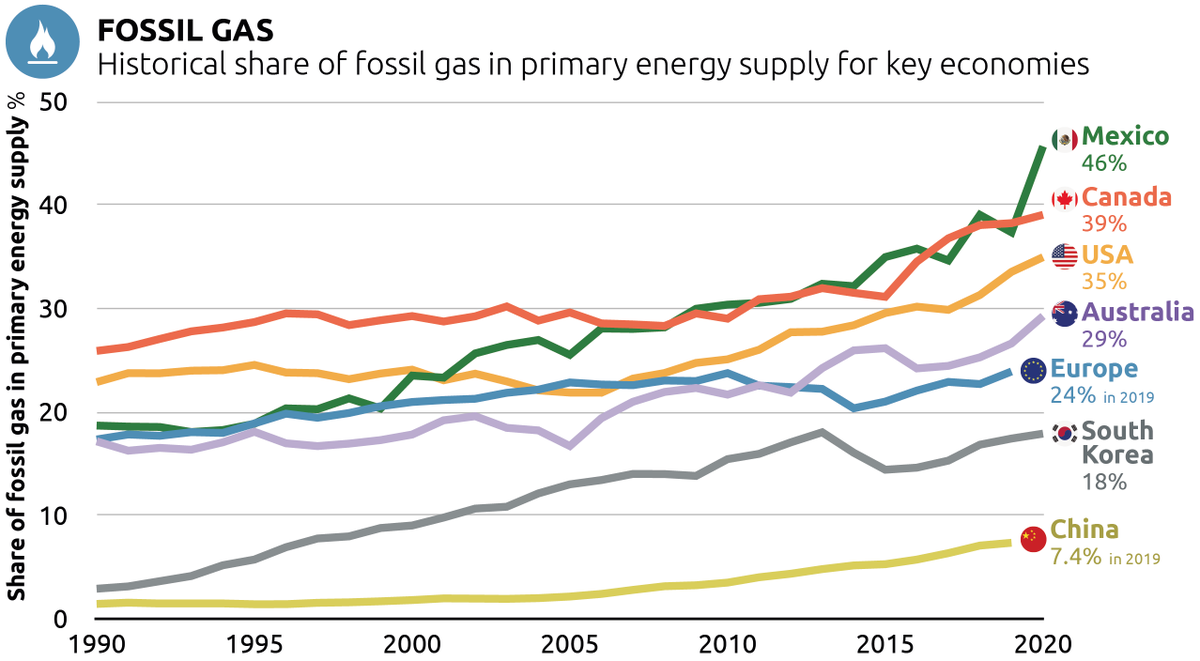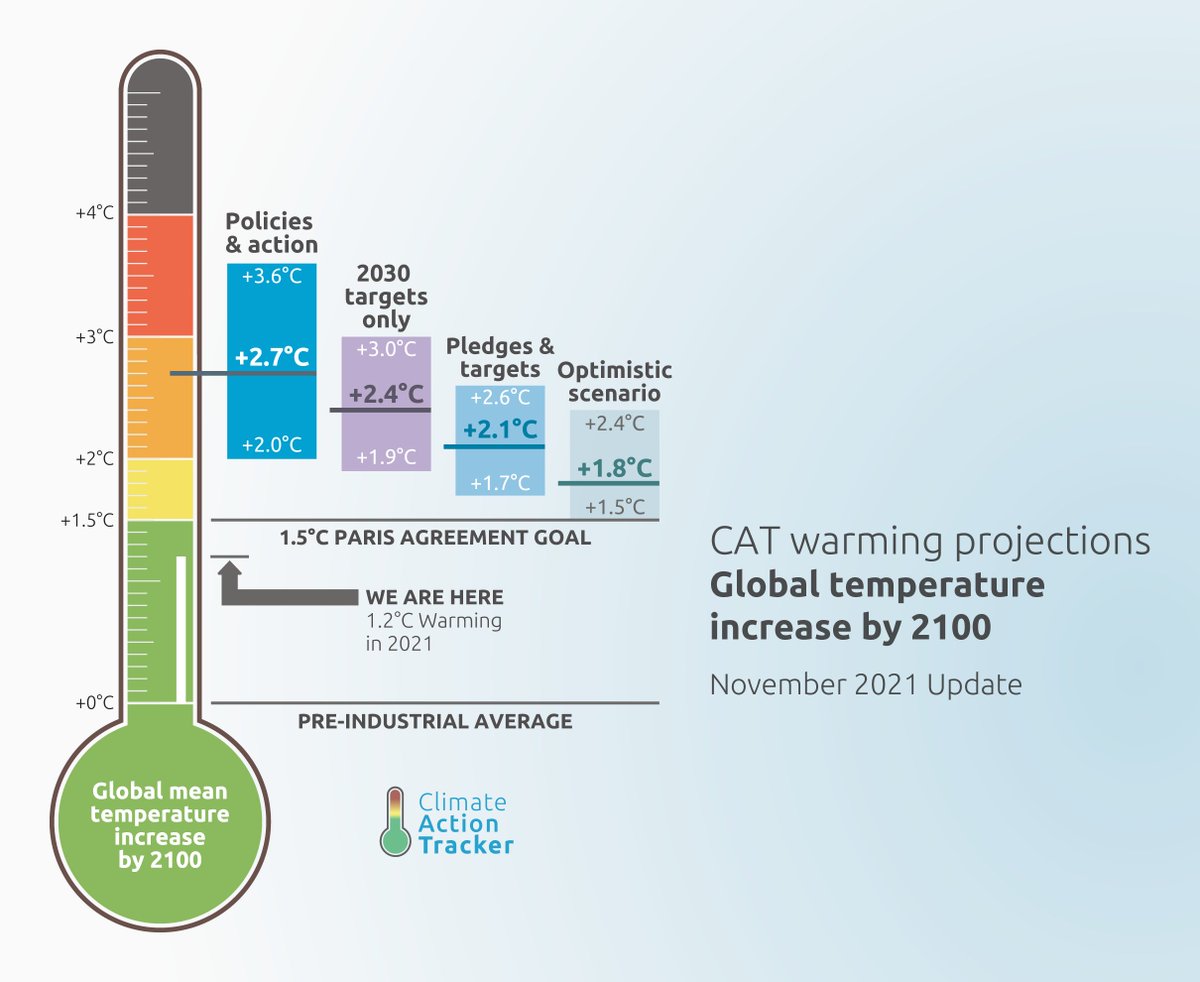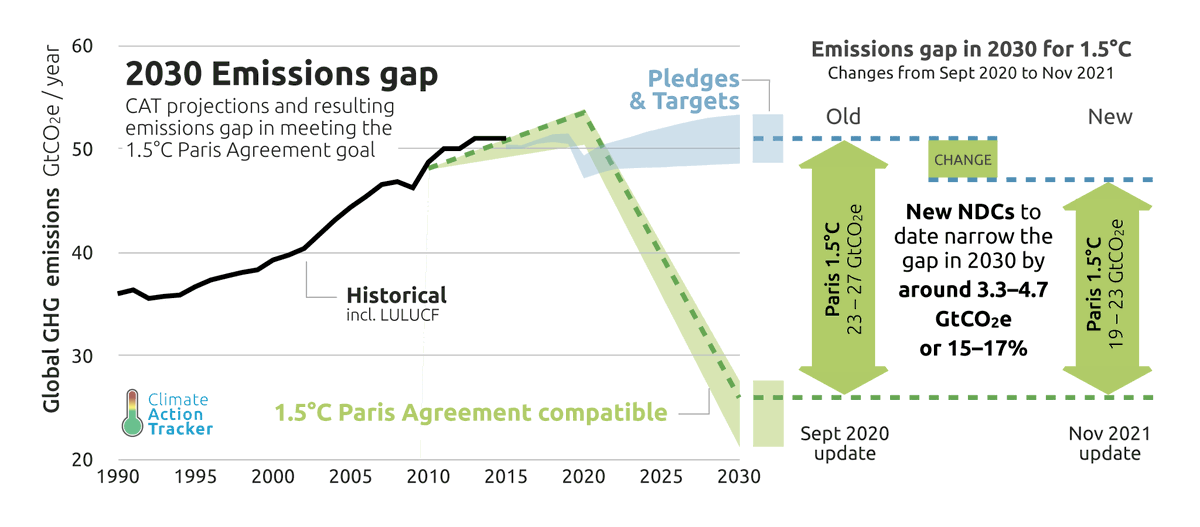1/Today, we launch a new project: defining & analysing a series of global & country-level #ParisAgreement-compatible #decarbonisation benchmarks, across four major sectors: #Power, #Transport, #Industry, #Buildings, each w benchmarks for several indicators bit.ly/CAT_PSR1 

2/ We've derived 2030 & 2050 sectoral benchmarks for seven countries: #Brazil, #China, #EU, #India, #Indonesia, #SouthAfrica, the #US, taking into account each country's technical, infrastructure & economic circumstances #decarbonisation. Summary report: bit.ly/CAT_PSRsum
3/ Our benchmarks are at a level of “highest plausible ambition" - technically, economically feasible, consider existing infrastructure, ensure they push the boundaries on all levels, & increase our chances of meeting the #ParisAgreement #1o5C limit bit.ly/CAT_PSRsum
4/ We prioritise #mitigation options & scenarios that lead to the deepest, fastest #emission reductions. Our benchmarks include feasible options, based on tech developments & accounting for time to scale up #decarbonisation, all based on recent studies. bit.ly/CAT_PSRsum
5/ We develop our benchmarks analysing multiple lines of evidence, including #scenarios assessed by the #IPCC, new analyses with high-penetration #renewables, studies analyzing #novel fuels, and our own #modelling. Check it all out on our data portal bit.ly/CAT_data
• • •
Missing some Tweet in this thread? You can try to
force a refresh

















